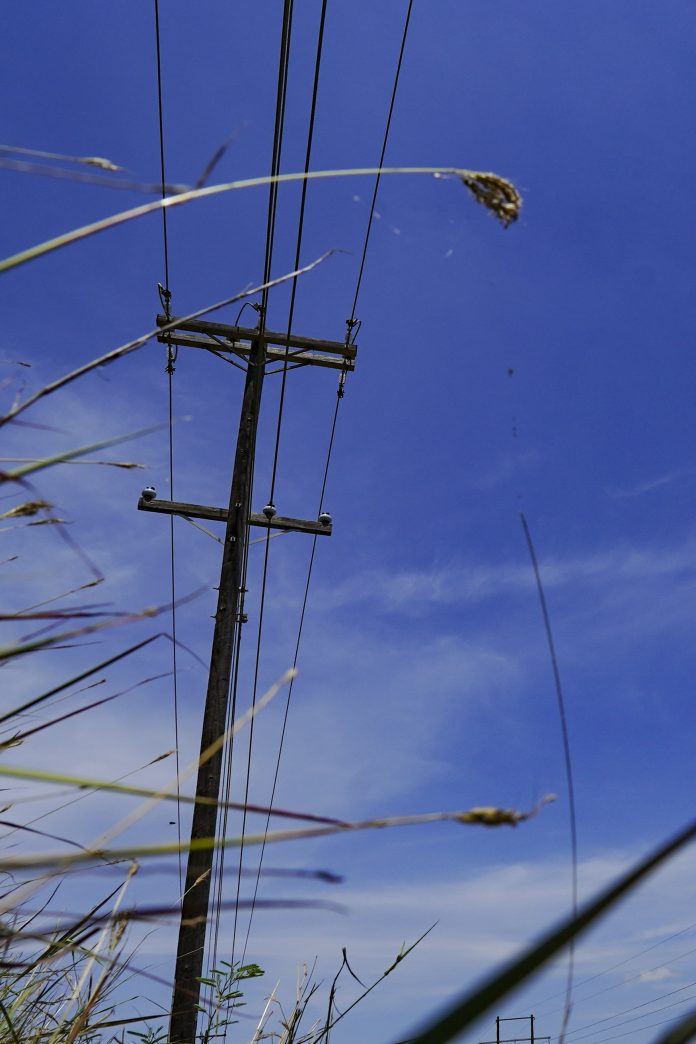The state has enough generating capacity to handle anticipated system-wide peak demand this winter assuming “typical winter grid conditions,” according to a Seasonal Assessment of Resource Adequacy report released by the Electric Reliability Council of Texas on Nov. 29.
The SARA outlook for December 2022-February 2023 also includes “additional low-probability, high-impact risk scenarios” in keeping with what ERCOT characterizes as “aggressive grid management planning.”
In an extreme weather scenario with high demand, unanticipated generator outages and insufficient wind generation, the grid could still be short 9,000 megawatts or more and Texas residents forced to endure rolling outages again, according to the report.
Pablo Vegas, CEO of ERCOT, and Public Utility Commission of Texas Chairman Peter Lake held a press conference Nov. 29 to discuss the SARA report as well as ERCOT’s Capacity, Demand and Reserves report, also just released. Vegas said the reliability and operation of the grid — at least the elements ERCOT has control over — are as strong as going into winter, thanks to reforms initiated by the Legislature and the administration and adopted by ERCOT and PUCT.
These reforms were in response to the catastrophic, deadly winter storm of February 2021, when insufficient available generating capacity partly due to fuel shortages brought the grid close to collapse in the face of soaring electricity demand statewide.
“For all the expected scenarios, we expect to have an adequate supply to meet the needs of the grid,” Vegas said.
That includes most of the more extreme potential weather scenarios, when capacity is still expected to be adequate to meet the “operational requirements of the grid,” he said.
The SARA report’s forecasted peak demand for this winter is 67,398 megawatts (MW), based on average of weather conditions during winter peaks for the years 2007 through 2021, with 2021 boosting the base forecast because of the extreme weather conditions that year. Roughly 87,300 MW of capacity is expected to be available for this winter’s peak, according to the report.
Vegas said this winter’s SARA outlook is much like last winter’s except that the peak demand forecast has increased about 5,000 MW, the result of growth in the state.
“Texas is adding a city the size of Corpus Christi every single year in population,” he said. “The associated economic growth that comes with that is driving increased usage on the grid.”
Among the recent improvements to grid reliability are scheduled outages and maintenance periods so that generators receive the maintenance necessary to keep them operating through the winter, Vegas said.
“We’ve also implemented some ancillary services, a fast-frequency response service that helps to ensure reliability during operating conditions that change rapidly,” he said.
Lake said that ahead of last winter new rules were implemented requiring generators across ERCOT’s grid to winterize and for those generators to be inspected regularly.
“In addition, we built out and mapped a critical supply chain and critical infrastructure network to make sure that the natural gas supply chain stays online at all times and ensures that the gas continues to flow to our generators,” he said.
Communication across state agencies has been improved to better enable coordination during extreme weather events so that natural gas is available and generators online when they’re needed, Lake said. ERCOT has developed and implemented a new firm-fuel product that guarantees access to enough fuel to generate nearly 3,000 MW as a way to bolster grid reliability going into winter, he said.
“Firm fuel” basically means ERCOT will be able to get fuel for power generation despite “natural gas curtailment or other fuel supply disruption,” such as occurred during the 2021 winter storm.
“Going into this winter, we’re even better prepared,” Lake said. “We’ve put even stricter weatherization standards in place this fall. ERCOT will continue to inspect and increase its inspections of generators. … We’re better prepared than ever.”
The most recent development came on Dec. 1, when nine state senators sent a letter to the PUCT arguing that the commission’s proposals to fundamentally reconfigure the state’s electricity market, including a “performance credit mechanism” to incentivize generators to be available during periods of peak demand, “will not guarantee new dispatchable generation in a timely and cost-effective manner.”
The letter demands the PUCT proposal be put on hold pending “further consultation with the Legislature.”




